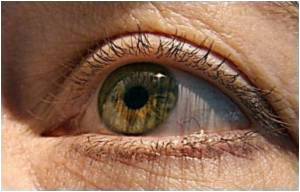Corn contains carotenoids, some of which the body can convert to vitamin A.

Beta-carotene is the best vitamin A precursor, but only a very small percentage of corn varieties have naturally high beta-carotene levels.
In Africa and other developing regions, corn is a major staple and hundreds of thousands of children become blind, develop weakened immune systems and die because of diets based largely on corn that lacks sufficient beta-carotene.
Agricultural Research Service (ARS) scientists Marilyn Warburton and Edward Buckler identified genetic sequences linked to higher beta-carotene levels in corn and demonstrating an inexpensive and fast way to identify corn plants that will produce even higher levels.
The study is considered a breakthrough in nutritional plant breeding, reports Nature.
In the study, the researchers surveyed the genetic sequences of corn from around the world through association mapping, a method made possible by recent breakthroughs that accelerate the genetic profiling of crops.
These variations interacted with a gene identified previously, and the best variations of the two genes together led to an 18-fold increase in beta-carotene, according to Warburton.
The researchers are now working with breeders oversees to train them on use of the new techniques.
The study was recently published in Nature Genetics.
Source-ANI
TAN
 MEDINDIA
MEDINDIA




 Email
Email









